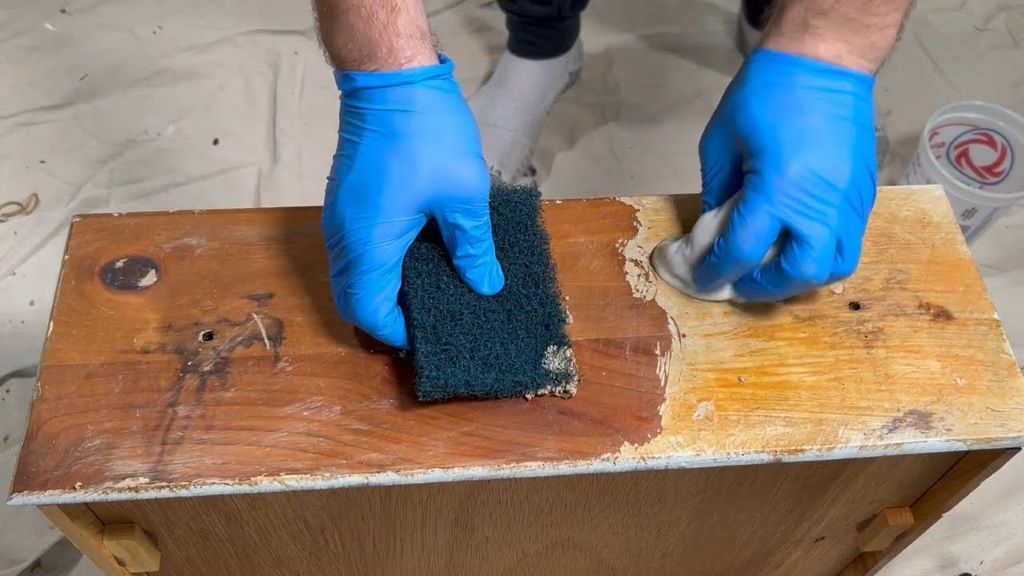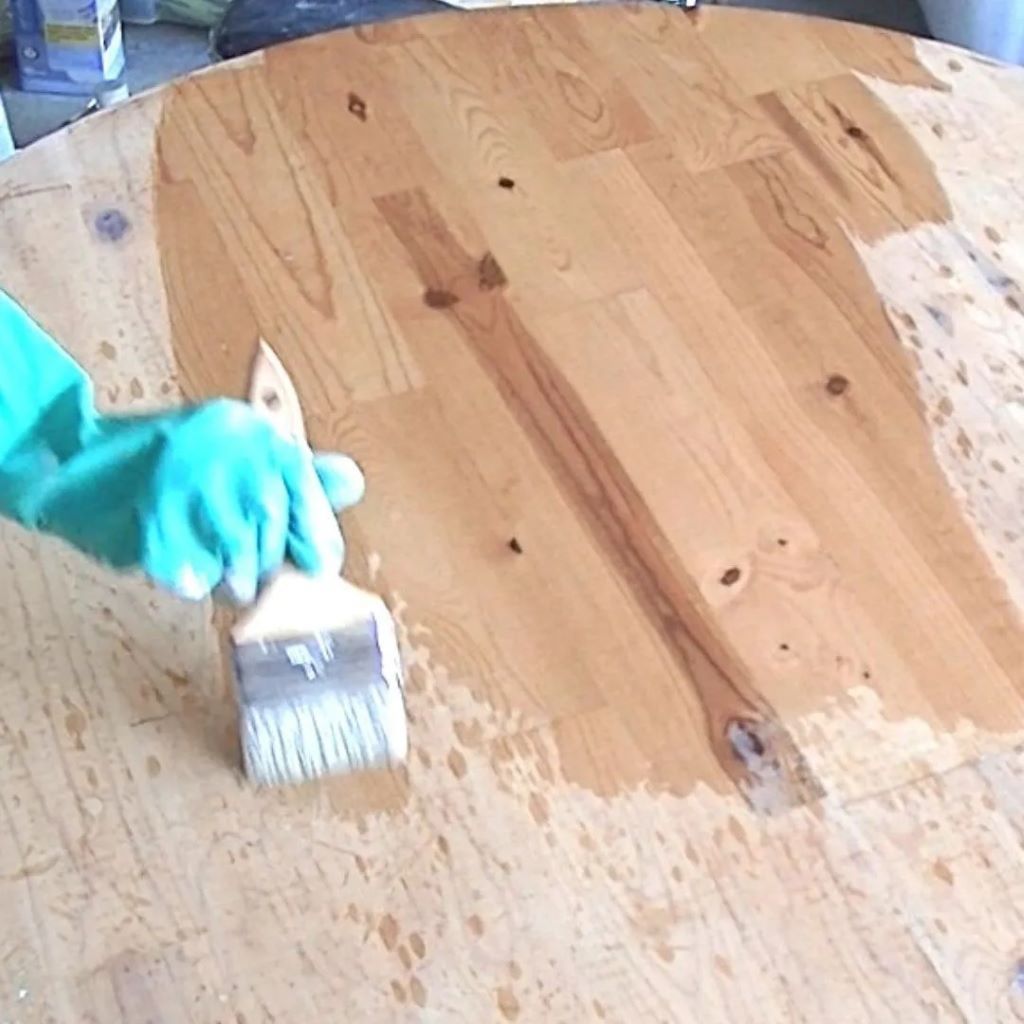
A Comprehensive Guide to Removing Citristrip Residue from Wood
Citristrip is a popular, eco-friendly paint and varnish stripper. However, it can leave behind a stubborn residue that hinders your refinishing project. When using this product, many people wonder, can you leave Citristrip on too long? This concern is valid, as prolonged application might complicate the removal process and lead to additional clean-up efforts. This guide will walk you through various effective removal methods, ensuring your wood is ready for its new look.
Why Citristrip Residue Removal is Important
Citristrip residue can interfere with staining, painting, or applying a new finish. If left on the wood, it may cause unevenness, prevent finishes from adhering properly, or even bleed through.
Methods for Removing Citristrip Residue
1. Mineral Spirits and Fine Steel Wool
- Suitable For: Light to moderate residue
- Procedure: Soak a piece of fine steel wool (#000 or #0000) in mineral spirits. Gently rub the residue in the direction of the wood grain. Wipe with a clean cloth and repeat as needed.
2. Denatured Alcohol
- Suitable For: Moderate to heavy residue, especially stubborn areas
- Procedure: Apply denatured alcohol to a clean cloth and rub the residue. You may need to repeat the process several times. Be sure to work in a well-ventilated area and wear protective gloves.

Related: 5 Factors to Consider When Choosing Office Furnitures
3. Vinegar and Water Solution
- Suitable For: Light residue on unfinished wood
- Procedure: Mix a solution of equal parts white vinegar and warm water. Apply with a cloth, let sit for a few minutes, and then scrub gently. Rinse thoroughly with water.
4. Commercial Citristrip Residue Remover
- Suitable For: All levels of residue, particularly if other methods have failed
- Procedure: Follow the manufacturer’s instructions for application and removal.
5. Sanding (Last Resort)
- Suitable For: Heavy residue that hasn’t responded to other methods
- Procedure: Start with a coarse-grit sandpaper and gradually move to finer grits. Sand in the direction of the wood grain. Be cautious not to over-sand, as it can damage the wood.
Important Tips for Success
- Work in a well-ventilated area.
- Wear protective gloves and eyewear.
- Test any cleaning method on an inconspicuous area first.
- Remove residue promptly after stripping.
- Clean tools thoroughly after each use.
- Allow the wood to dry completely before applying a new finish.
How To Protect Your Laminate Wood Flooring From Your Furniture
What to Do When You Face Challenges
- Residue remains sticky: Try applying heat with a hair dryer while using a scraper.
- Unevenness: Light sanding may help to smooth the wood.
- Discoloration: A wood bleach may help restore the natural color.
Additional Considerations
- Type of Wood: Some woods, like oak, may require a more gentle approach.
- Finish: Different finishes may react differently to cleaning solutions.
- Age of Residue: Older residue can be more difficult to remove.
Safety First
Always prioritize safety when working with chemicals. Wear gloves, eye protection, and ensure good ventilation. Dispose of chemicals properly.
Conclusion
Removing Citristrip residue might seem like a hassle, but with the right methods and patience, you can achieve a clean, smooth surface ready for your next project. Remember, the type of wood and the extent of the residue will dictate the most effective approach. By following this guide, you’ll be well on your way to revitalizing your wood and bringing your creative vision to life.



